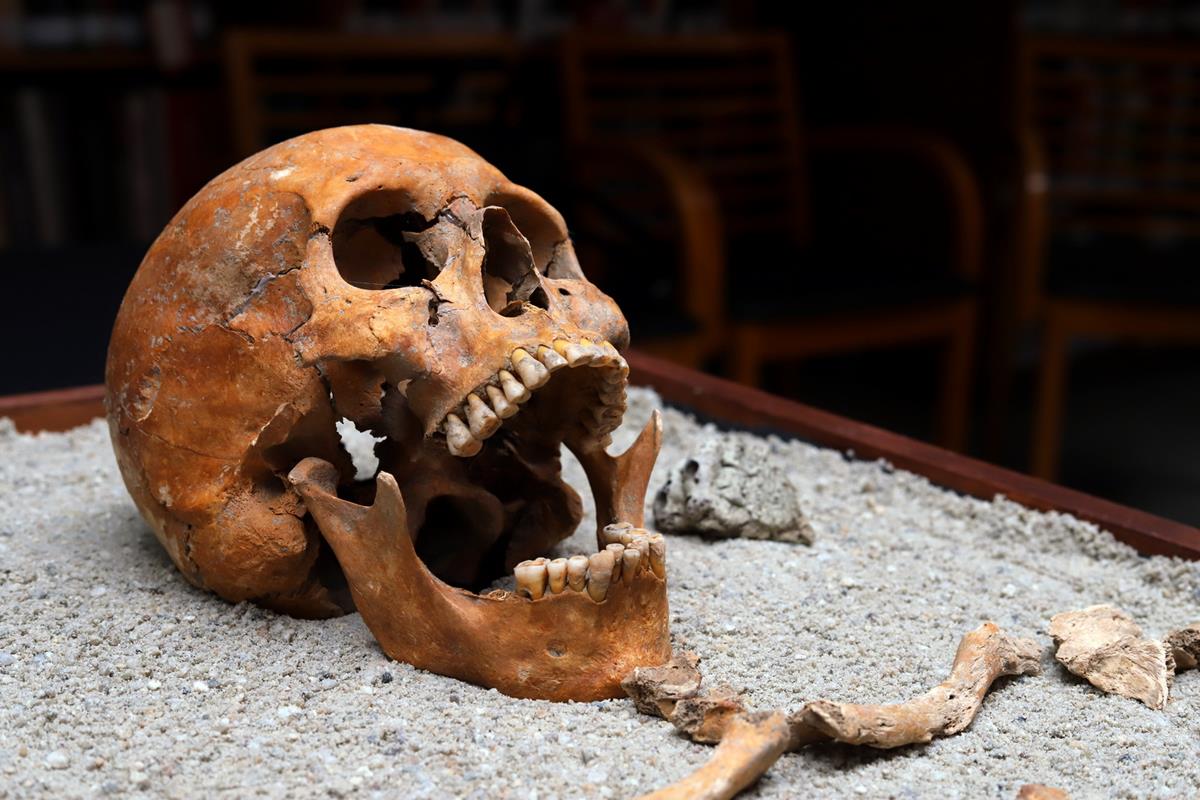Sensational find: 2000-year-old tomb with unique surgical tools unearthed in Hungary – PHOTOS

Hungarian archaeologists have discovered a very special archaeological finding dating back to the Roman period. They have found the remains of a doctor’s grave with a complete medical toolkit.
Archaeologists from the ELTE Faculty of Humanities, the Jász Museum and the Eötvös Loránd Research Network have discovered the remains of a doctor’s grave that have been resting in the ground for almost 2,000 years near Jászberény, according to the official website of ELTE.
The most remarkable find after Pompeii
The artefacts found in Hungary are unique in Europe. A similarly well-equipped and preserved medical kit from this period has only been unearthed in Pompeii before. Radiocarbon dating of the tomb of an individual dating from the 1st century AD has also revealed the discovery of extremely high-quality instruments used for medical and surgical procedures.

How did such a well-equipped Roman doctor end up in Hungary?
The hypothesis of the archaeologists is that the well-equipped doctor, probably trained in one of the Roman imperial centres, may have travelled to this area to rescue someone. It is remarkable that a doctor equipped with such prestigious tools would have visited this part of present-day Hungary, as it has fallen outside of the borders of the Roman province of Pannonia.

The excavation of the tomb was taking place with the help of students, revealing medical instruments once placed in wooden caskets at the feet. Pliers, needles, tweezers and high-end scalpels for surgical procedures, as well as remains of medicines, were unearthed as part of the find. Copper alloy scalpels were decorated with silver plating and fitted with interchangeable steel blades.

A rubbing stone was placed at the knee of the deceased, which, judging by the abrasion marks, could have been used to mix herbs and other medicines. The similarity between surgical instruments is known from wide areas of the Roman Empire. Intriguingly, an exact parallel of the scalpels was found in a Gallic tomb.
Read also: PHOTOS: This Budapest park is among Europe’s most endangered heritage sites
Even so, finds of this kind are extremely rare in the area of the former Barbaricum. The visit and burial of the doctor from Jászság may have been the result of some extraordinary event.

The mystery of the finds
The remains could belong to a man aged between 50 and 60 years, with no signs of trauma or disease. The grave was almost completely undisturbed. According to Dr Tivadar Vida, Director of the Institute of Archaeology of ELTE is a miracle in itself, as, judging by the quality and craftsmanship of the finds, it could easily have been a victim of grave robbery.
Read also: PHOTOS: Sensational artefacts have been discovered in Buda Castle!
Source:





